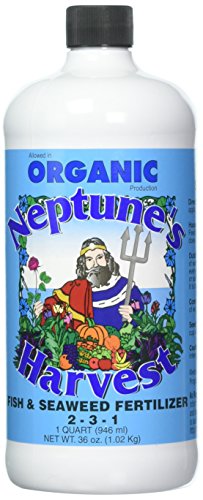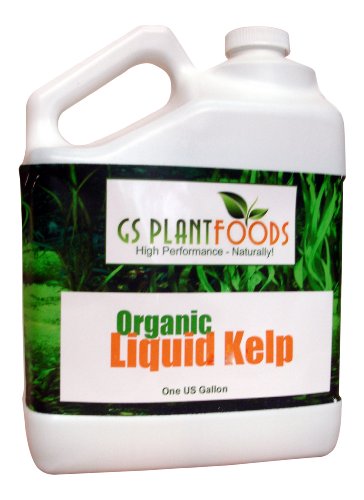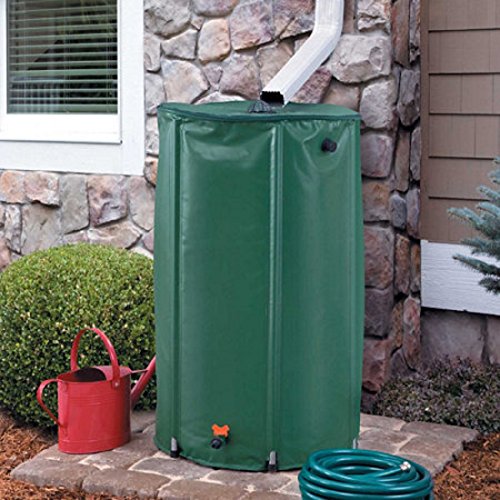This post may contain affiliate links, my full disclosure can be read here. As an Amazon Associate I earn from qualifying purchases.
Don’t lose your garden to a drought! These tips on how to water a vegetable garden during a drought will help you save your garden and grow lots of food.
Have you ever struggled to grow a great garden during a drought or dry year?
I understand how frustrating it is to work hard to plant your garden and then slowly watch it struggle and die during a drought.
These past 10 years it seems like we are having a dry season every other year and a bad drought every 3rd growing season.

It was so frustrating to watch our garden dying after all the hard work we had put into planning our garden, starting seeds, and of course, planting.
We’ve tried a lot of methods and learned how we can still grow a lot of food during a bad drought or just a very dry year.
How To Water A Vegetable Garden During A Drought
Start Watering Your Garden Early
One of the most important things you can do to help your garden through a drought is to start watering early in the growing season. You want to give your plants time to get their roots well-established.
In most areas, there is enough rain during the spring to get your garden started well.
But if there isn’t this is the best time for you to start watering the garden because the sooner your plans developed a deep root system the more likely they are to thrive during the summer drought.
Mulch You Garden
Mulching your garden helps to lock in moisture in the soil and protected from being baked dry from the sun and wind.
Spread a layer 2 to 3 inches deep over the top of your garden. My favorite mulch is to use are wood chips, straw, and grass clippings.
Using a sheet mulching method like Back to Eden gardening really helps to hold moisture in the soil.
Weed Your Garden
Weeds just aren’t your friend in the garden. They take valuable nutrients and moisture from your soil that your vegetables will need.
Keeping your garden well weeded helps your plants to have access to the water and food in your garden that you have worked so hard to build up.
Avoid Commercial Fertilizers
Well, it might be tempting to try to fertilize your vegetables a lot during a drought to encourage them to grow faster they can actually harm your garden.
Commercial fertilizers are filled with chemicals and salts that can build up in the soil when there isn’t enough water to wash them away.
Instead, use organic fertilizers to feed your garden.
Neptune’s Harvest Organic Hydrolized Fish & Seaweed Fertilizer 36 0z Liquid Kelp Organic Seaweed Fertilizer 1 Gallon
Liquid Kelp Organic Seaweed Fertilizer 1 Gallon Unco Industries WWSB15LB Wiggle Worm Soil Builder Earthworm Castings Organic Fertilizer, 15-Pound
Unco Industries WWSB15LB Wiggle Worm Soil Builder Earthworm Castings Organic Fertilizer, 15-Pound Jobe’s Organics Vegetable & Tomato Fertilizer 2-5-3 Organic Fast Acting Granular Fertilizer with Biozome
Jobe’s Organics Vegetable & Tomato Fertilizer 2-5-3 Organic Fast Acting Granular Fertilizer with Biozome
Natural fertilizers like compost, compost tea, fish emulsion, liquid seaweed, and worm castings are the best fertilizers to use in your garden.
They will help feed your garden and build organic matter in the soil that will help protect your plants through dry growing seasons.
Related: How To Start A Compost Pile
Water Your Garden Deeply
One of the most common mistakes new gardeners make is watering the garden every day. While it might seem tempting, giving your garden less water every day actually harms your plants.
When you water shallowly you are encouraging the plant’s roots to stay near the surface of the soil. The closer the roots are to the surface the harder it is for them to access water that is deeper in the soil.
It’s best to water your garden once a week and watering very deeply. During normal growing conditions, a vegetable garden needs 1 inch of water a week.
However, if you’re in a prolonged drought or having a heatwave your garden may need 2 inches of water a week.
You’ll know when it’s time to water because if you stick your finger into your garden soil and the top few inches are dry that is the best time to start watering the garden.
Learn more about watering deeply.
Avoid Overhead Sprinklers
When you water your garden using overhead sprinklers a large amount of the water is lost because of evaporation and watering areas of the garden that really don’t need it like pathways.
It’s best to use soaker hoses or drip tape that are placed along the edges of your plants. These type of hoses slowly drip water out right at the roots.
Because the water comes out slowly it is more effectively absorbed in the soil instead of evaporating or running off.

If you’re mulching your garden it’s even more helpful if you place your soaker hose underneath the mulch.
Watering By Hand
Depending on the size of your garden you may find it a better option to water by hand.
This is what we did for a large part of our garden this season and it worked amazingly well for us!
Our well gives enough water to look after our home needs but just isn’t enough to water our garden too.
If we use a sprinkler or soaker hose to water our garden in the early spring it works ok if it’s not left on too long. But during a drought, we’ll run the well dry in very quickly.
Instead, we set up bins and let the hose slowly drip water into it. Then use that water to fill up watering cans.
The water can be controlled very easily this way and placed right on the plants that need it the most.
Collect Water
Good Ideas RW50-KHA Rain Wizard Rain Barrel 50-Gallon, Khaki Home Solutions Collapsible Rain Barrel Water Storage – 50 Gallon
Home Solutions Collapsible Rain Barrel Water Storage – 50 Gallon
During a drought, you often still get some rain. Collecting it in a rain barrel like this will help your garden a lot!
It’s always important not to waste water but during a drought saving wastewater to use on your garden can help out a lot.
Even if you don’t have a greywater system setup you can make a few easy changes to collect extra water to use in your garden.
- Instead of letting the water run when you are washing dishes use a dishpan for the rinse water. When you are done use that water to water your garden.
- Save the water from cooking vegetables, pasta, and potatoes and after it’s cooled it can be used to water the garden too.
- You can even save the water from your washing machine by running the drain hose into a large container. Make sure you are using an environmentally friendly or homemade laundry soap if you’re using this water in your garden.
Provide Shade
We normally want to grow our gardens in full sun because we are all told that vegetables need 6+ hours of sunlight a day. But during a drought growing in the shade can help to save your garden.
We are blessed to have areas of our yard that are in full shade and some that are partly shaded.
These are perfect areas to grow vegetables like lettuce, spinach, peas, and others that like cooler weather.
If you don’t have a shady area you can use shade cloth to help keep the hot sun off your garden.
Shading your soil is also important. Try to space your plantings so that when they are 3/4’s grown the plants are touching each other.
The square foot gardening method and other intensive growing methods are perfect for this.
When the plants are growing close together they help to shade the soil and suppress weed growth too!
While it may be frustrating when a drought or a long dry spell hits your area don’t give up on your garden.
By simply using efficient watering methods and mulching you can help your garden grow a lot of food that otherwise wouldn’t have been possible.
Connect With Homestead Acres!
Be sure to follow me on social media, so you never miss a post!
Facebook | Twitter | Pinterest | Twitter
Visit my Amazon store to find all my favorite gardening, homesteading tools, and gadgets plus all of my printed garden books and journals!

Kim Mills is a homeschooling mom of 6 and lives on an urban homestead in Ontario, Canada. Blogging at Homestead Acres she enjoys sharing tips to help you save money, grow and preserve your own food.








Elizabeth
Tuesday 14th of August 2018
Simple but excellent advice. I hadn't thought of testing the soil by plunging my finger into it to see how moist it is. I've always watered every single day because of the dry area we live in and how intense the sun is in growing season. Everything you said was right on. Thanks!